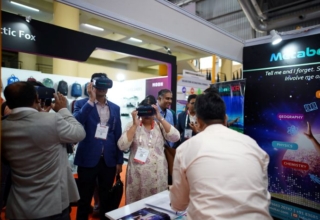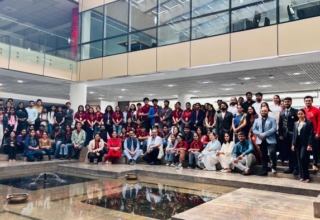By Pankaj Muthe, APAC Academic Program Manager, Qlik
In the fight against the novel coronavirus, there has been a paradigm shift in the way we live, work, consume and play. Fortunately, there is a wide swath of data being made available on most of these factors. They will not only make it easier to understand specific patterns and trends amid the lockdown but also bring some assurance that technology can help us overcome the crisis.
Economists estimate that in the coming decades, pandemics will cause average annual economic losses of 0.7% of global GDP – a threat similar in scale to that estimated for climate change. However, very few may have thought through the impact of the aftereffects of a pandemic until this event happened. Thus, organizations are looking at how data can helpand using predictive analytics to get an idea of how the world will behave in the future based on the learnings from this pandemic.
Role of data analytics in understanding the transformation
Globally, while scientists have already started researching to find remedies to the on-going pandemic, data analysts are extracting citizen data to study and figure ways to contain the spread of coronavirus. Even companies are using AI-powered data science techniques to gather volumes of data to discern both new and existing molecules that can be used to combat COVID-19 and monitor its spread in the future.
Businesses hardly ever devise a “Plan C”, or the kind of planning required for a scenario like the COVID-19 pandemic. Considering that social distancing is here to stay, organizations will be ardently optimising their resources through limited manpower and yet remain as competitive as before. They will use analytics to generate data on processes, products, logistics, supply chain and salaries,and use it with a fresh perspective. This will involve analyzing factors such as risk mitigation, employees’ welfare and health and ensuring work goes on seamlessly, among other use cases. The use of data science in all these aspects can help in gainingthe insights businesses need to help propel them forward.
Meanwhile, the Indian government is also stepping up its analytics game by implementing smartphone applications like AarogyaSetuto trace the spread of infectionand help manage the quarantine of individuals. The data is reportedly being leveraged to predict the potential outbreaks by identifying who has contracted the virus infection and analyzing their prior movements based on their phone’s location services. The app can also help to track and pinpoint vulnerable areas.
While we have seen governments, businesses, and NGOs rapidly collect and share data, there have been instances in which this collaboration seems to be making an especially great impact. In Taiwan, the government quickly made patient traveler history available to hospitals so that risks could be more properly assessed. Other information, like sites that infected people had visited, were posted and those who had visited those locations were asked to self-monitor and self-quarantine as necessary.
Growing demand for data science jobs
As data is being generated from multiple platforms like the government, businesses and even NGOs raising charity funds, there is arising interest in data science as a career option, bearing in mind the endless possibilities that are spread across a wide range of industries. They will monitor and analyse factors post lockdown to design new business processes as well as find and meet new needs while discovering new revenue streams. Obviously, this would increase the demand for trained data science professionals and analysts thatcan create such models.Moreover, given the fact that companies are transitioning to digitization and relying on data, there is a clearindication that the demand for data trained professionals will continue to rise.
A survey last year revealed that around 97,000 data analytics are vacant in India due to a lack of skilled professionals. After all, data analytics in used in almost every industry and has contributed to a sharp increase of 45% in the total jobs related to data science last year. This year, the COVID-19 outbreak has brought the terms like data sets, modeling, and predictive analytics to the forefront, further creating a spike in data science interest and driving working professionals across industries to reorient their career trajectories.










